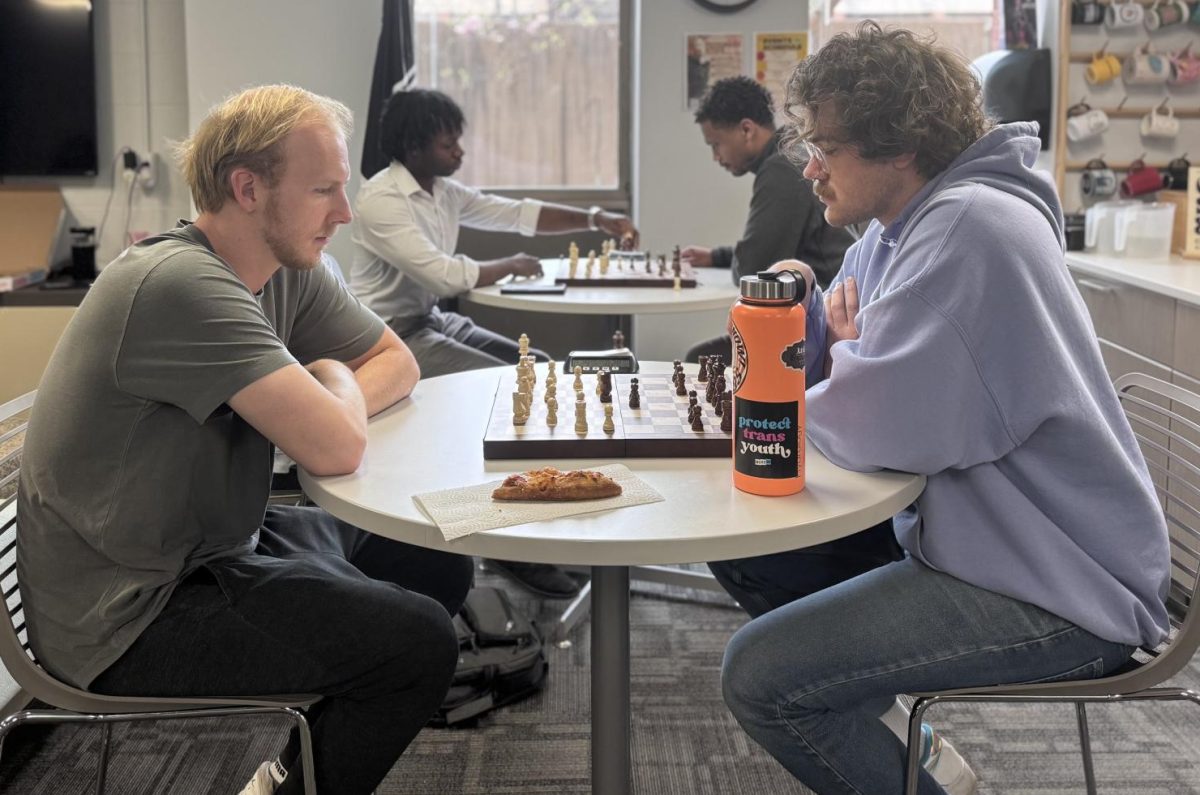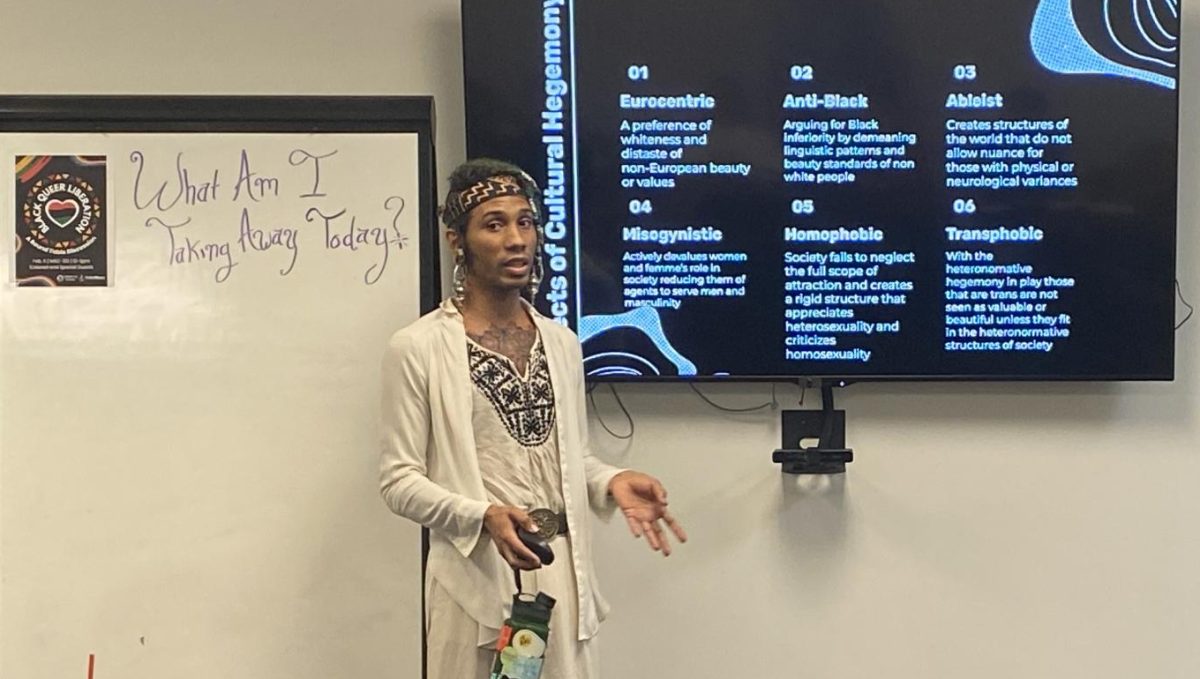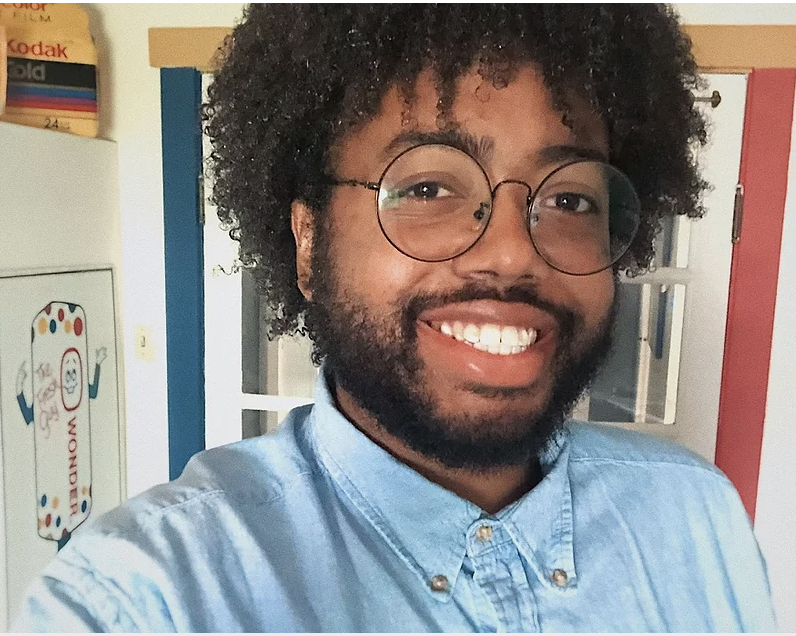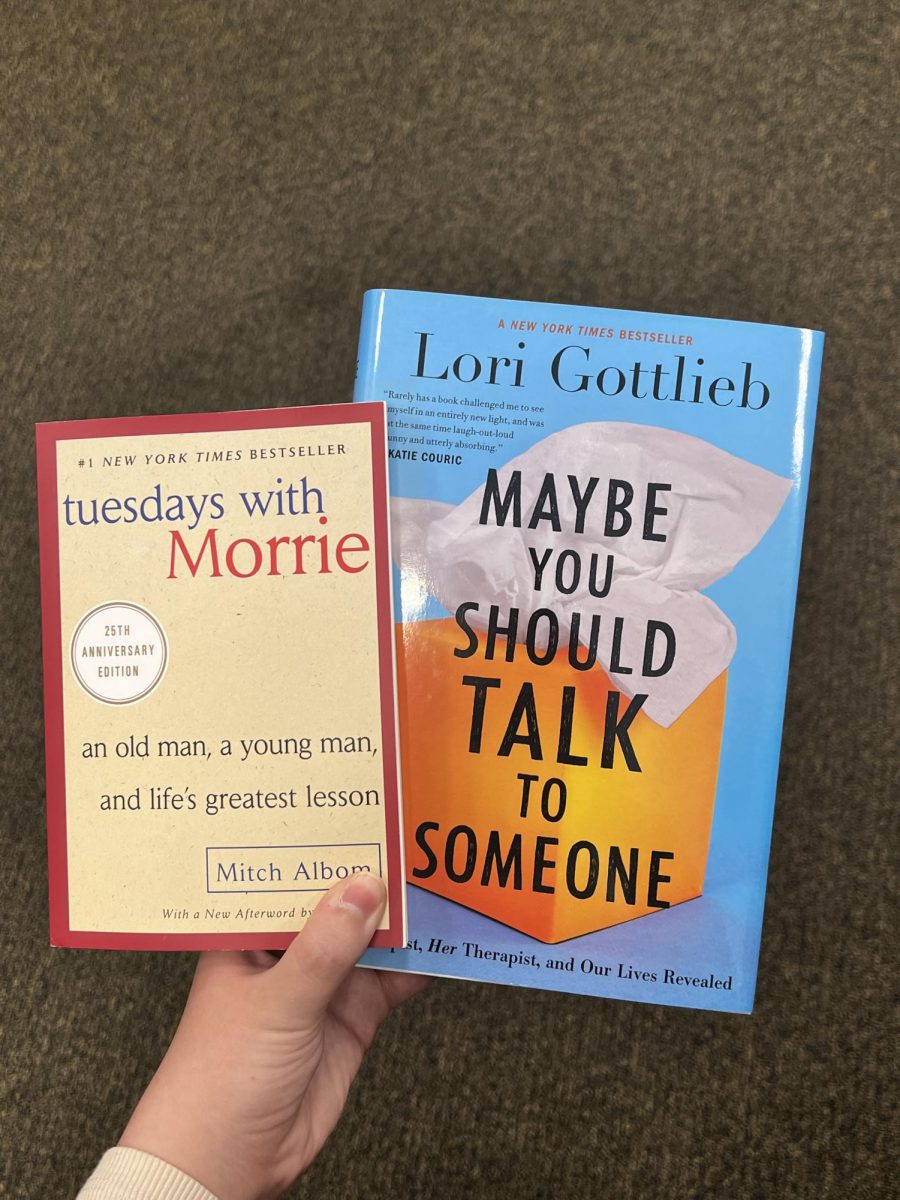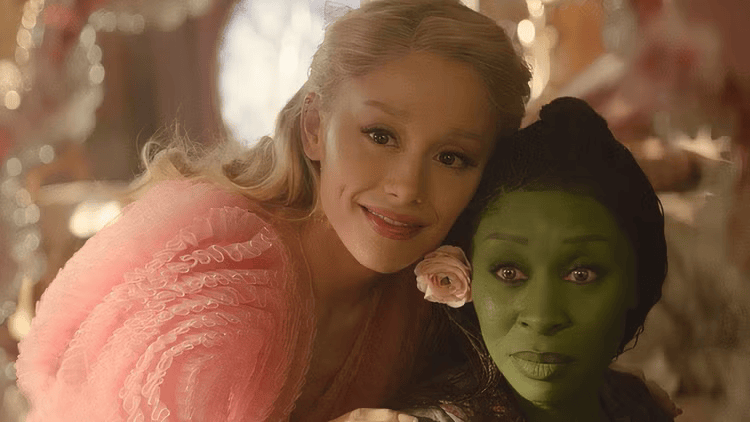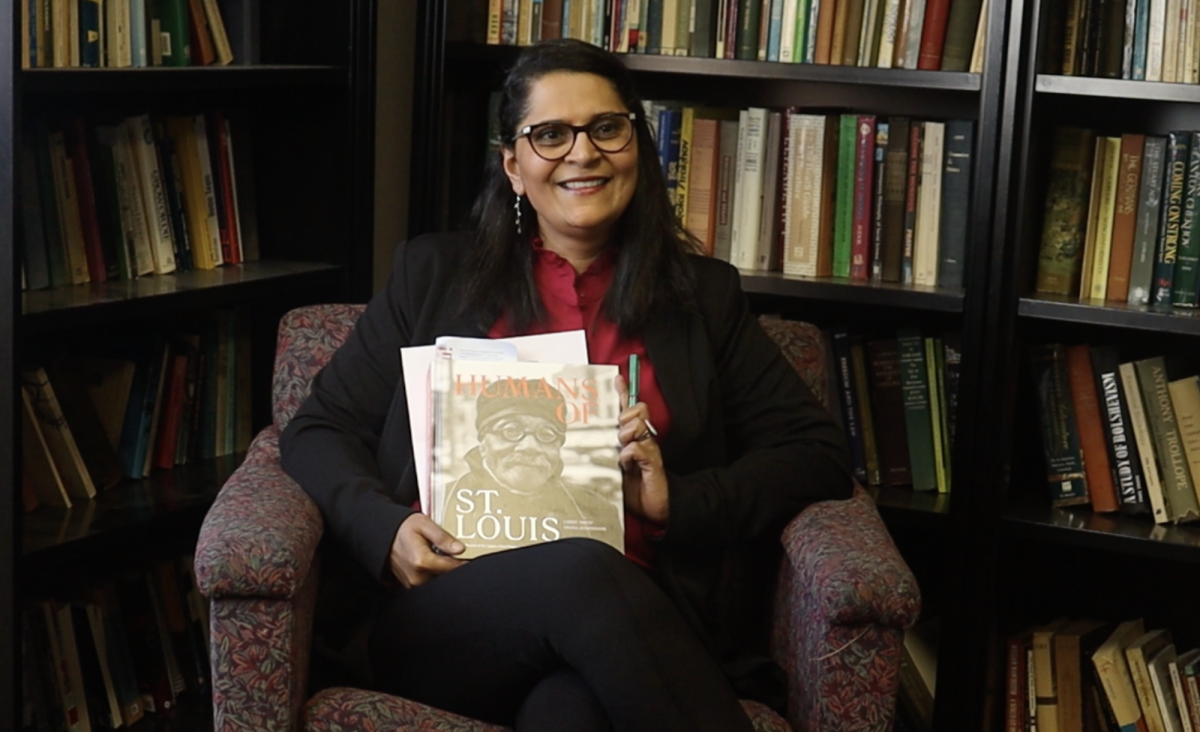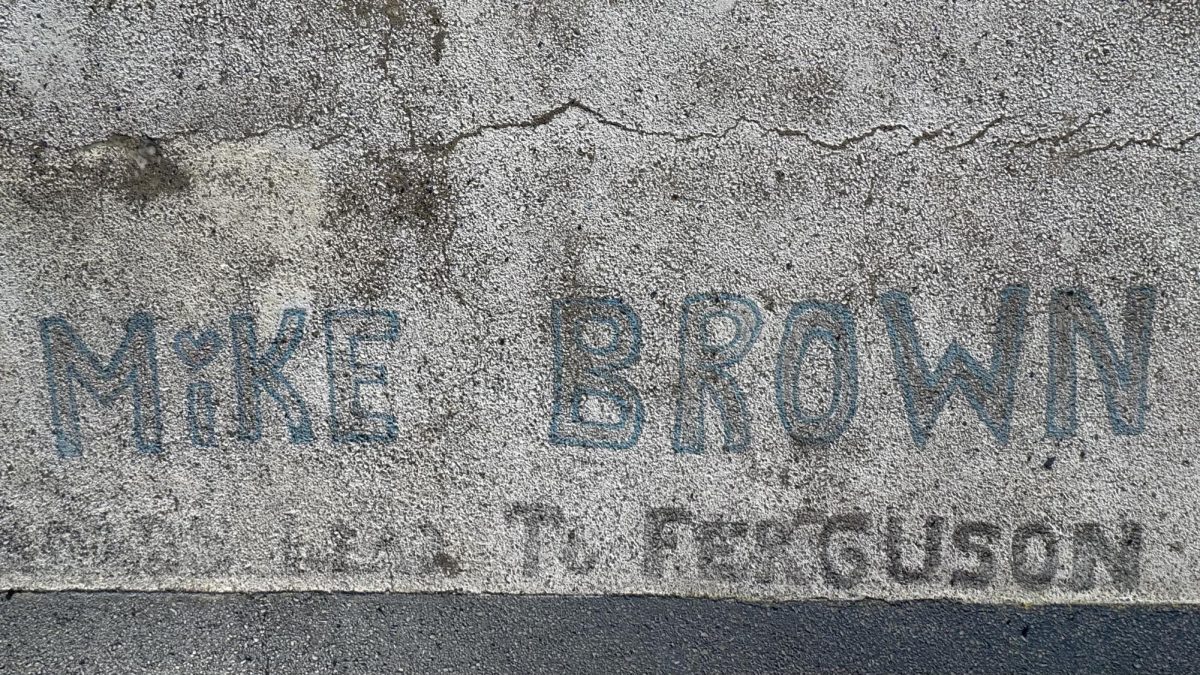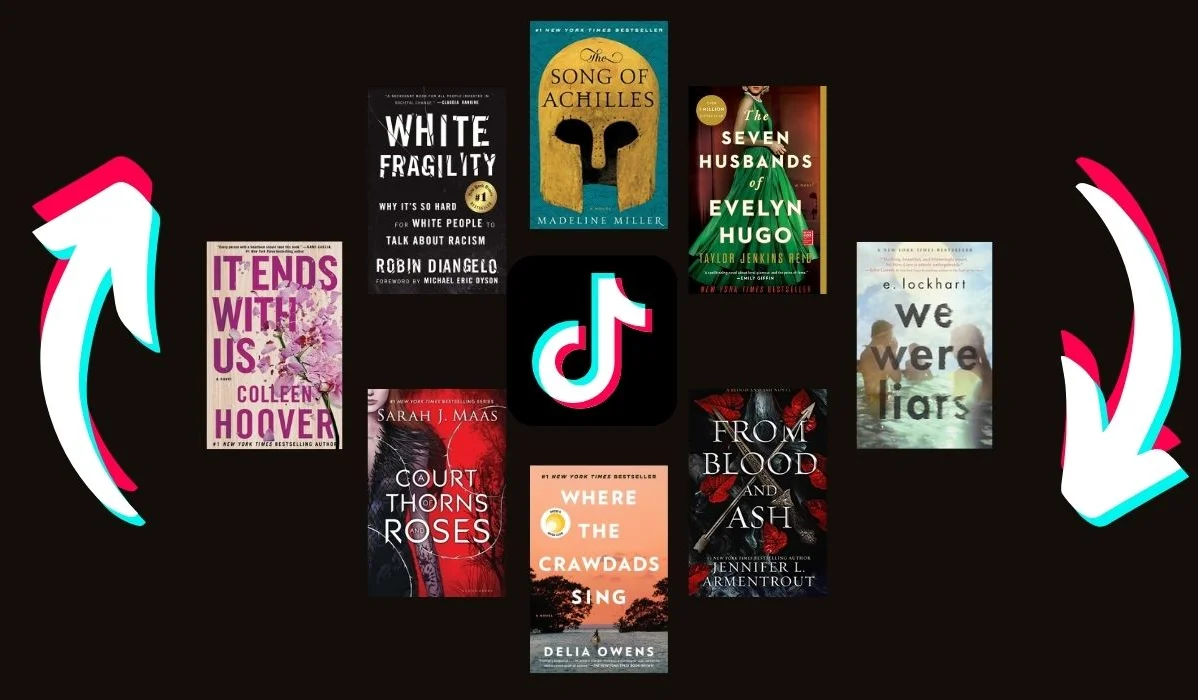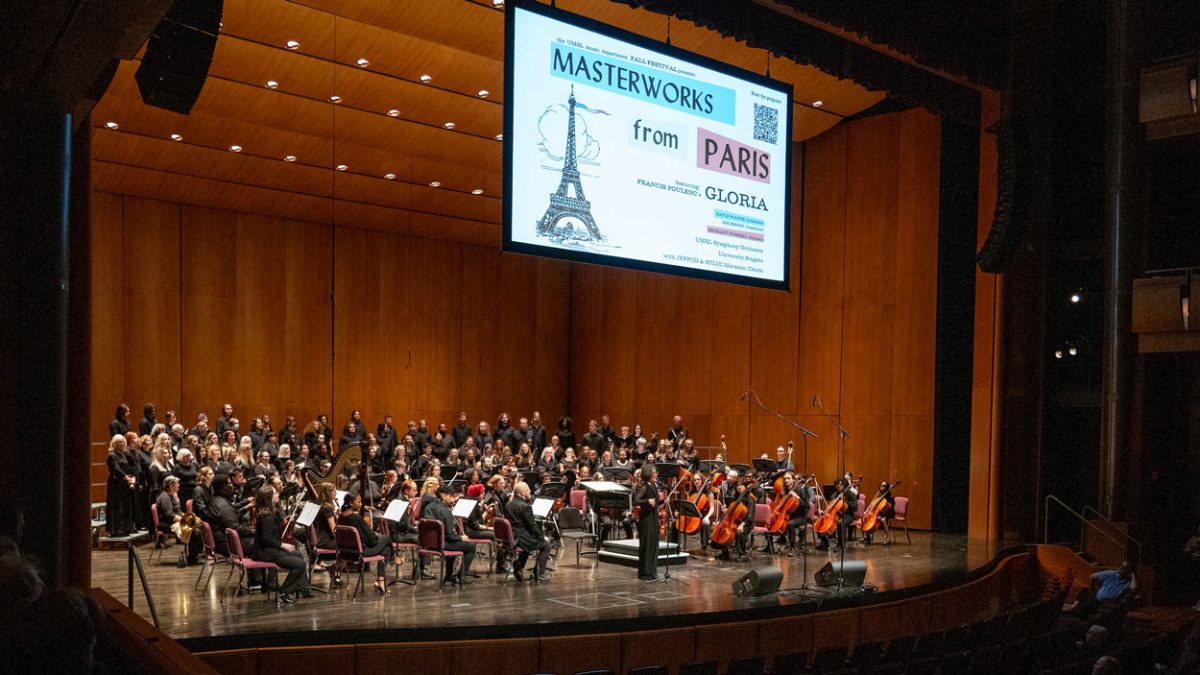The year 2020 felt like a surrealists’ fantasy: apocalyptic cityscapes, hand sanitizer theft, the overconsumption and hoarding of toilet paper, awkward and isolated get togethers, the controversial neck gaiters and…the rise of BookTok?
For those unfamiliar, aka living under a rock or a bunker, “BookTok” is a channel on the popular social media app, “TikTok” where book lovers can join a community of like-minded literature nerds. BookTok started to grow in popularity around August of 2020, (48 Hour Books Blog). It has since become one of the largest groups on TikTok, with over 200 billion views and interactions. Prior to BookTok, readers were promoting their favorite books on YouTube and writers themselves, were incentivized to send “Advanced Reader Copies” (ARC’s) or drafts of books, to various creators for the free publicity, according to Grant Magazine. Therefore, the rise of readership via social media is nothing new. But, the amplification of reach outside of the digital realm is.
With an unlimited assortment of books at our fingertips, it’s no wonder that printed books were losing traction in the past decade.
Fortunately, for old-fashioned people like me, print sales were revitalized due to this BookTok movement, and books of the past were brought back into the light of day. In 2021, over 825 million physical books were sold in the U.S., manufactured book sales haven’t garnered this much success since 2004, (48 Hour Books Blog). As a result, we are also seeing an inspiring rise in readership, 48% of users read more than they had prior to BookTok, and 62% of American users have read at least one recommended title, (BookTok Statistics).
Even if you haven’t yet joined the ranks of doom-scrolling zombies on social media, you probably know about BookTok from your local Barnes and Noble or Target: these stores have designated sections for trending books. Surprisingly enough, many of these books are not newly published.

Romance author, Colleen Hoover rose to fame via BookTok with “It Ends With Us”, a 2016 novel that didn’t grow in popularity until 2022. In fact, six of the ten best selling books that year were hers, (bookriot). She became the reigning Queen of BookTok shortly after, selling 800,000 copies of its sequel, “It Starts With Us” on the day of its release, (48 Hour Books Blog). The series was set to become a coloring book as well, but flopped due to controversy.
Despite her immense popularity, she’s infamous for relying too heavily on smut and amping up the shock factor to distract from juvenile writing. In fact, the shock factor becomes the entire plot: incestual relationships, domestic abuse, sexualization of infants, burn victims, etc. Not to mention, the way she writes female characters is disappointing, as they are often depicted as needy and insecure.
Another significant thing to note, she doesn’t believe trigger warnings are necessary. According to an archived page on Hoover’s website, she states, “as a fellow reader with my fair share of past experiences, I understand that there are issues some people do not want to read about. But as a writer, there are many things I don’t want revealed in the blurbs of my books.”
It’s perfectly understandable to want to avoid spoilers, but when you base your entire plotline off of something that could be considered a trigger warning, and mislead readers via the wrong genre (nothing “romantic” here), it becomes a greater issue. I’m not here to shame any readers of her books, I’m merely writing about what I’ve found.
Rhiannon Smith, U.K. based BookTokker seems to agree with this perspective on trigger warnings.
“Whilst the power of the internet is truly an incredible feat, and there’s so much information you can access quickly, it does mean that inappropriate and disturbing information can also be accessed just as easily without much being filtered out,” Smith said. “Reading is meant to be an enjoyable and relaxing hobby, so I think it should be the responsibility of the author to state the triggers and maturity ratings of their books before the story begins.”
Speaking of misleading titles, “Icebreaker”, by Hannah Grace, is another book that blew up via BookTok and it looks like a children’s coloring book, or a cutesy tween romance. In reality, do you want some plot with your smut? I’m legitimately curious who the targeted audience is.

Then you’ve got the popular series, “A Court of Thorns and Roses” by Sarah J. Maas, a Romantasy series that’s garnered so much hype that the #acotar has 8.9 billion impressions, (Vox). The covers are a bit more minimalist than “Icebreaker” but there are varying editions with painted characters that make it all seem relatively tame for the unhinged content inside. I’ve never read the series, but if you’re familiar with teenage Wattpad writing, claims are made that it’s similar. Quick disclaimer: it’s all subjective. Read what makes you happy.

Smith has a compelling perspective on book covers, believing they might be cutesy to show the underlying romance buried beneath the maturity, and to not scare away potential readers.
“At the end of the day, covers are an aesthetic decision, and whilst they’d ideally match the obvious themes of the book, sometimes they match the more subtle ones,” Smith said. “Plus, a lot of readers don’t want books like that to represent what the contents of the book are, especially if they’re reading them out in public. It could draw unnecessary attention to them, especially females.”
In relation to mature content, Faisat Sokale, Public Policy Administration major, has a five year old daughter and a 12 year old sister that she hopes will learn to be critical about the movies and books they consume.
“Age ratings are important, but I would definitely say that you have to really consider the validity of it because what someone else may think is appropriate for their child to read may not be appropriate for mine,” Sokale said. “I don’t even let my daughter watch scary shows even if it’s for children. Scary stuff tends to get stuck in your head.”
When asked about misleading cover art, she seems to believe that the contents of the story are far more significant in the book buying process.
“People usually buy books after reading the first two pages,” Sokale said. “The summary matters more than the cover. It needs to accurately illustrate what the book is about.”
According to Sokale, if you change the cover to fit the hidden explicit theme, children will still look at that, and it can still be something that impacts them in a negative way.
“Make the books more obvious with a rating in front, or put them in a different section so they’ll be less accessible,” Sokale said. “Use keywords or types of scenes to determine ratings.”
TikTok creator Gabe Escobar has made a few videos, (which I will reference) on the overconsumption of mature content: smut in particular. He went on BookTok to find new reading material and found that the market was overly saturated with “spice” (or porn, as he calls it).
“This is merely an observation, but the top comments on BookTok are always about how much spice it has,” Escobar said.
He even references “Icebreaker” as mentioned previously, saying that it looks like it’s for children.
“If you want to read this book, do it,” Escobar said. “But there is a reason why adult content is separated from kids content on streaming platforms, or why some albums are labeled as explicit, as well as certain books.”
He even emphasized Sokale’s point about placing these books in a different section, since “Icebreaker” is typically placed out in the open, right where kids can see it. The same can be said for Tiktok as well, these books being “out in the open” in a digital space.
While I’m a firm believer that people should be able to read what they like without judgment, Escobar makes an intriguing movie analogy: only reading books with smut is equivalent to only watching movies if they have smut. In some regards, books and movies are relatively the same thing: both being forms of escapism and entertainment, a mix of mental and physical imagery.
It seems that Sokale also agrees with the latter half of this point.
“I don’t really see a difference between reading something and watching it because when you’re reading a book that’s well constructed, you should be able to envision everything,” Sokale said.
In regards to reading more mature books, Sokale believes that a kid should be allowed to read books at a higher reading level as long as they are mature enough to handle the content and not be traumatized. Extremely smutty books probably don’t fit the bill.
Tiktok creator @hightierman agrees with this statement wholeheartedly, acknowledging that some kids mature faster than others and will read what they want.
“Kids are almost never interested in adult books that they can’t relate to or understand,” the creator said. “If a kid could understand and read an adult book, then I think on some level that falls on the parents. But yes it’s the responsibility of the author to make sure people adequately understand the content of their purchase.”

Audrey Walters, English major, has teenage children whom she has a very unrestrictive and nurturing relationship with. She encourages them to be curious and well-read.
“All kids run into ‘too mature’ instances in their lives: in the news, spoken by people around them, and from their friends,” Walters said. “If they feel free to talk to someone about things that bother them, or topics they question, it stops being a problem. We can try to shield kids to the best of our ability, but that’s a really imperfect plan. Teaching them to stop reading or turn off a movie or whatever that makes them uncomfortable is more effective.”
In this way, she allows them to learn and grow, with a safety net beneath them.
Despite all the controversy discussed in this article, BookTok is not a bad thing, not by a longshot. Readership has had a complete resurgence since 2020, and the more well-read we are as a society, the more knowledge we can obtain about our world and the myriad of diverse perspectives within it. Read what you love, as long as it’s beneficial to you and your mind.
“I never like to give my opinion on books because everyone has different tastes and I don’t want to stop anyone from experiencing a book they may like,” creator @Hightierman said. “No matter how ‘objectively bad’ the writing of a book is, it doesn’t matter as long as people are enjoying reading.”
Referring back to Sokale, she suggests that if you aren’t fond of the newer releases, you can always take the nostalgic route and return to a past favorite, or write what’s missing from the shelf. With any luck, you’ll take over as the next best thing on BookTok, (if the app isn’t banned by then.) Good luck.

